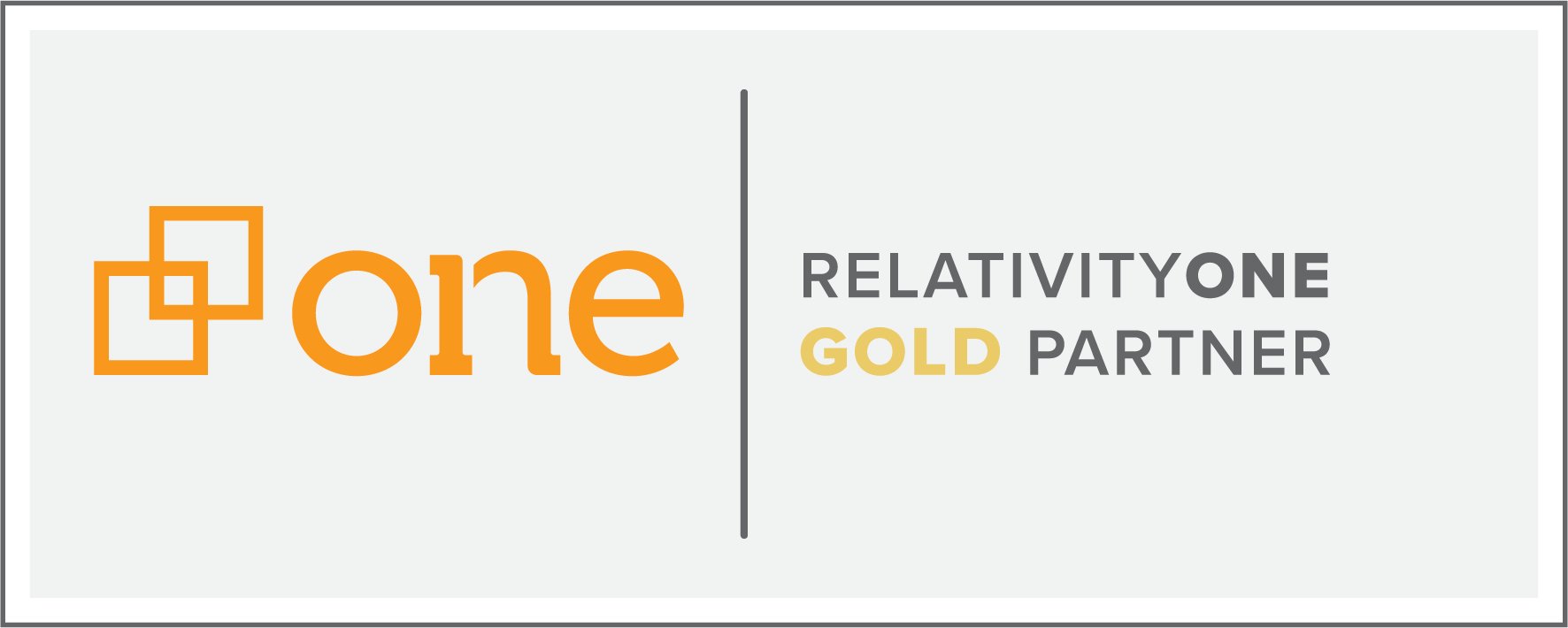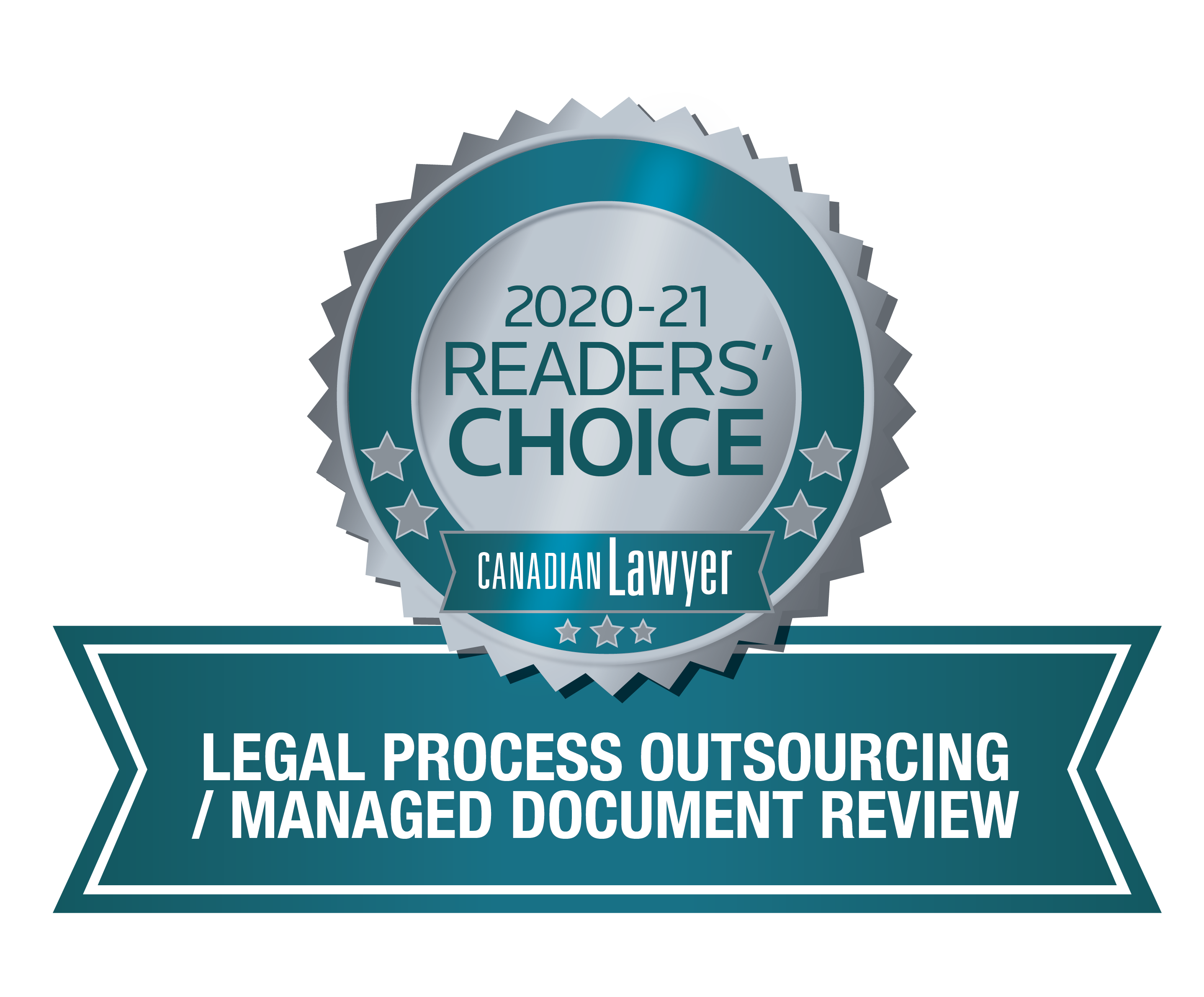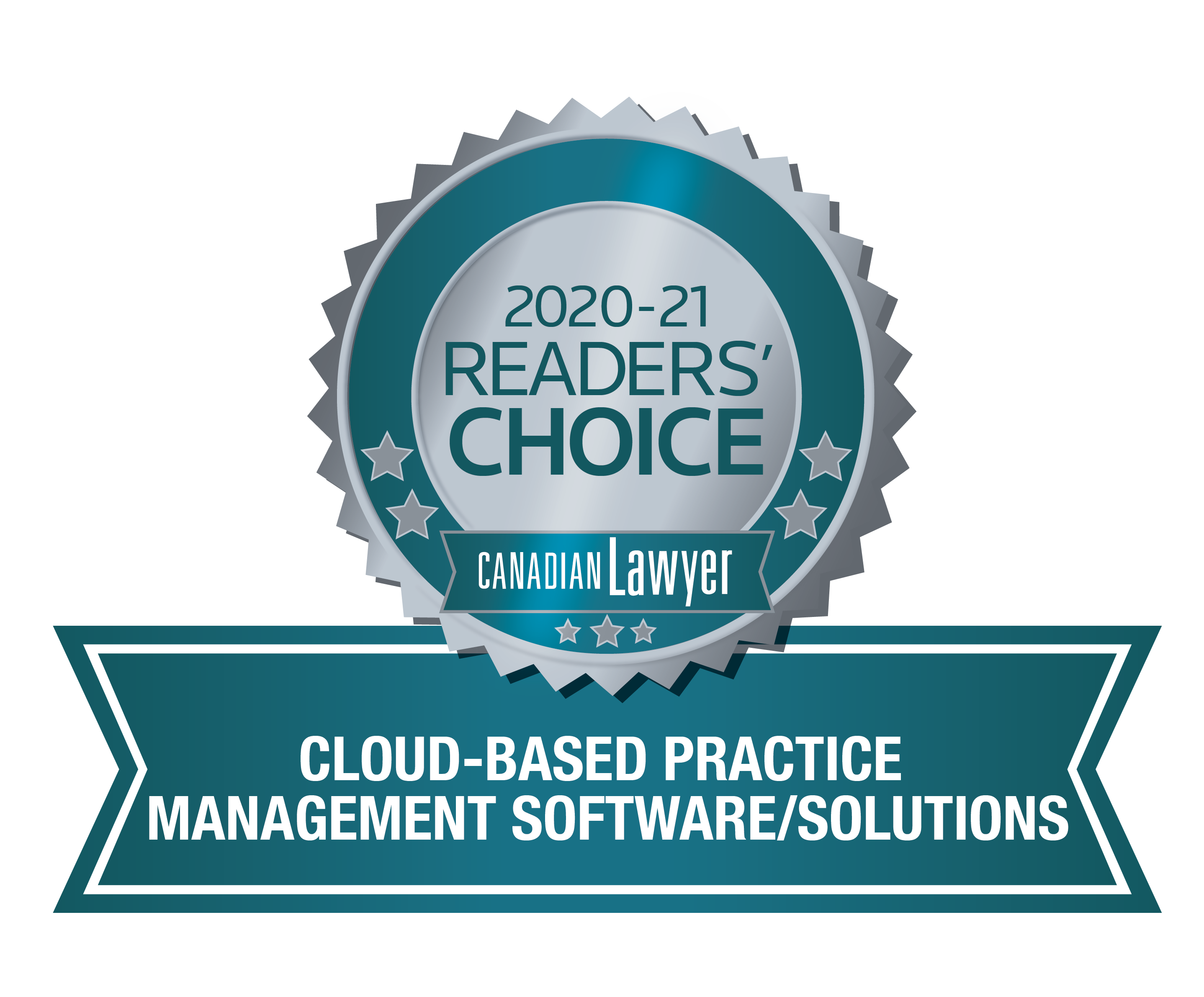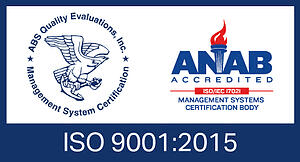 The EDRM drafted a Processing Standards Guide in 2015 as a way to collect the ideas of industry leaders regarding various aspects of eDiscovery processing, and provide readers with some guidance to help them make decisions around the many settings and options to choose when processing electronic data. Many people look to resources like this to find exactly which settings to use when they run their documents through software.
The EDRM drafted a Processing Standards Guide in 2015 as a way to collect the ideas of industry leaders regarding various aspects of eDiscovery processing, and provide readers with some guidance to help them make decisions around the many settings and options to choose when processing electronic data. Many people look to resources like this to find exactly which settings to use when they run their documents through software.
The problem with this approach is that there is not a single best practice that fits all cases.
What the processing guide does do is outline some of the common options available to you and explains what they are and what they do. The result is a tool you can use to help make informed decisions about your settings.
A General Overview
Let’s start at the beginning and quickly define Processing in this context. I’m referring to the stages involved in extracting native files and metadata, making them searchable, and turning them into documents that we understand.
Below is a brief list of steps that will help you create complete, reliable and defensible document collections. Keep in mind, as with all aspects of ediscovery, the complexity of your Processing Job depends on the data and circumstances of your case.
Step 1: Planning
This step is about figuring out what data you have, whether you need to process all of it, what you need the post-processed content to look like, whether there are any concerns to worry about, making decisions about file types and other initial filters, planning your timeline and cost estimate, and other steps required based on your specific file.
Step 2: Running the Processing Job
For this step, the computer does all the work. You made your decisions regarding settings in the planning stage and set up the processing job accordingly. At this time, the software will likely hash documents, identifying or removing duplicates or near duplicates. It may also de-NIST and cull by date and other preliminary criteria.
Step 3: Reviewing Errors and Exceptions
After processing has completed, it's necessary to review any errors and warnings. For example, image-based PDF files will generate errors that no text was extracted. Making decisions on how to handle errors and exceptions depends on the type of warning, and should be handled on a case-by-case basis.
Step 4: Finalizing Documents for Export
The final stage involves taking the documents that were processed, running any additional culling (for example, search terms), generating the list of documents to be reviewed and transferring them into your review tool.
Document Everything!
This can't be reiterated enough. It's important to not only log the settings you use on each case and processing job, but to review and understand how those settings affect the resulting output. Remember, the purpose of this process is to prepare for review and production. The settings you choose can have a significant impact on the number of documents requiring review. A good way to understand the effects of different settings is to test the same data set using different selections, and analyze the output.
EDRM has several data sets available for public download that contain a wide variety of filetypes for testing purposes.
Many tools will save the settings that were used on a particular data set and don’t require manual tracking. If the tool or method you’re using doesn’t do this automatically, make sure to record these. In addition, it can be helpful to keep notes of the reasons you made particular setting decisions. This information is particularly useful in the future when you have to look back, long after the file has left your memory. Understanding why you made a decision that was successful can help streamline your work on future files, helping you avoid having to test each option again.
Remember how I mentioned that the purpose of processing is to prepare documents for review and production? Use this to help guide your decisions. For example, extracting embedded content will create many additional records that could consist almost exclusively of company logos from email signatures. However, it’s also possible that documents contain important embedded data that you need to pull out of parent documents.
And finally remember, you're not alone.
If you find yourself out of your comfort zone at any step for any reason, contact a vendor like Commonwealth Legal who can can provide advice, guide you through software options, process the data for you, or host the entire file.








